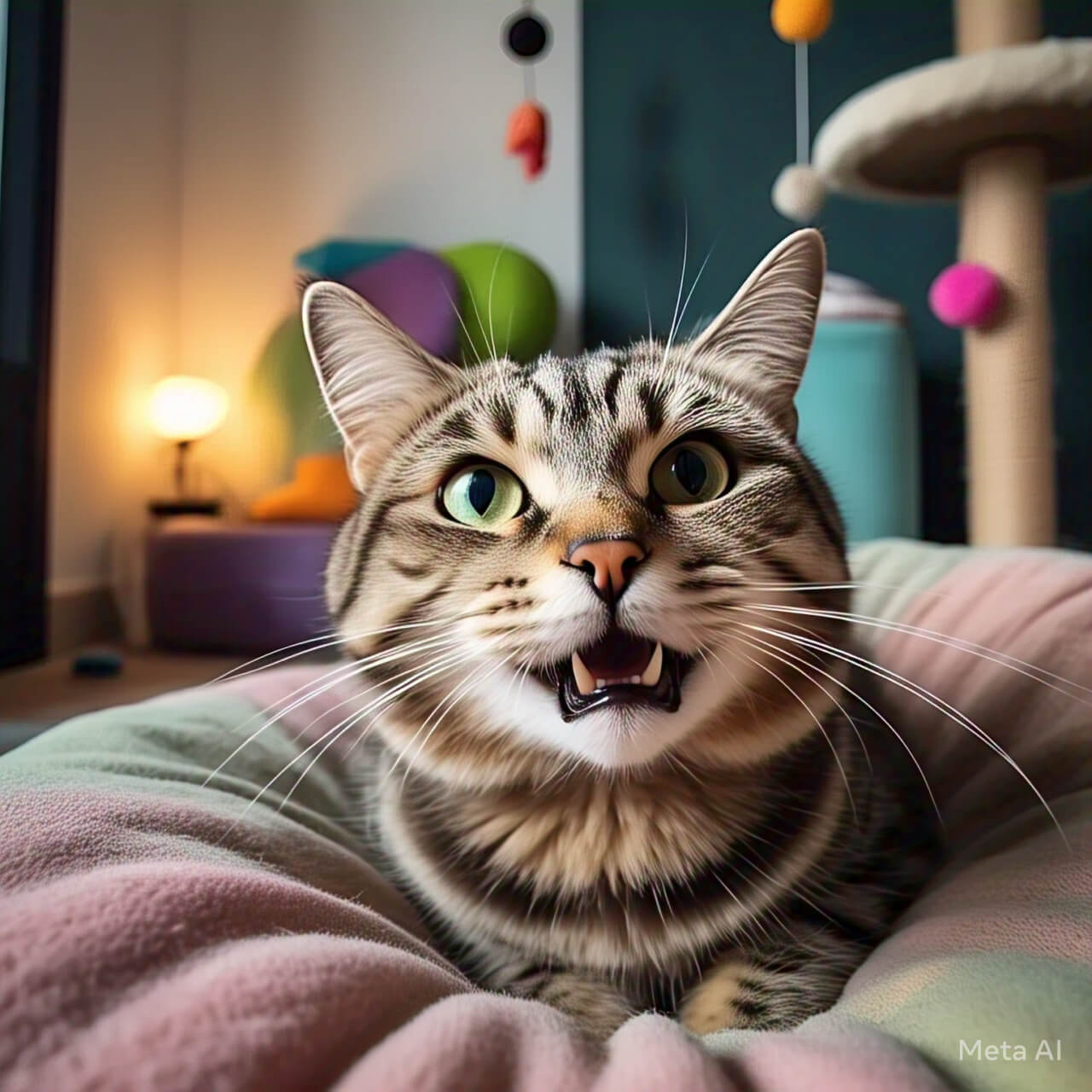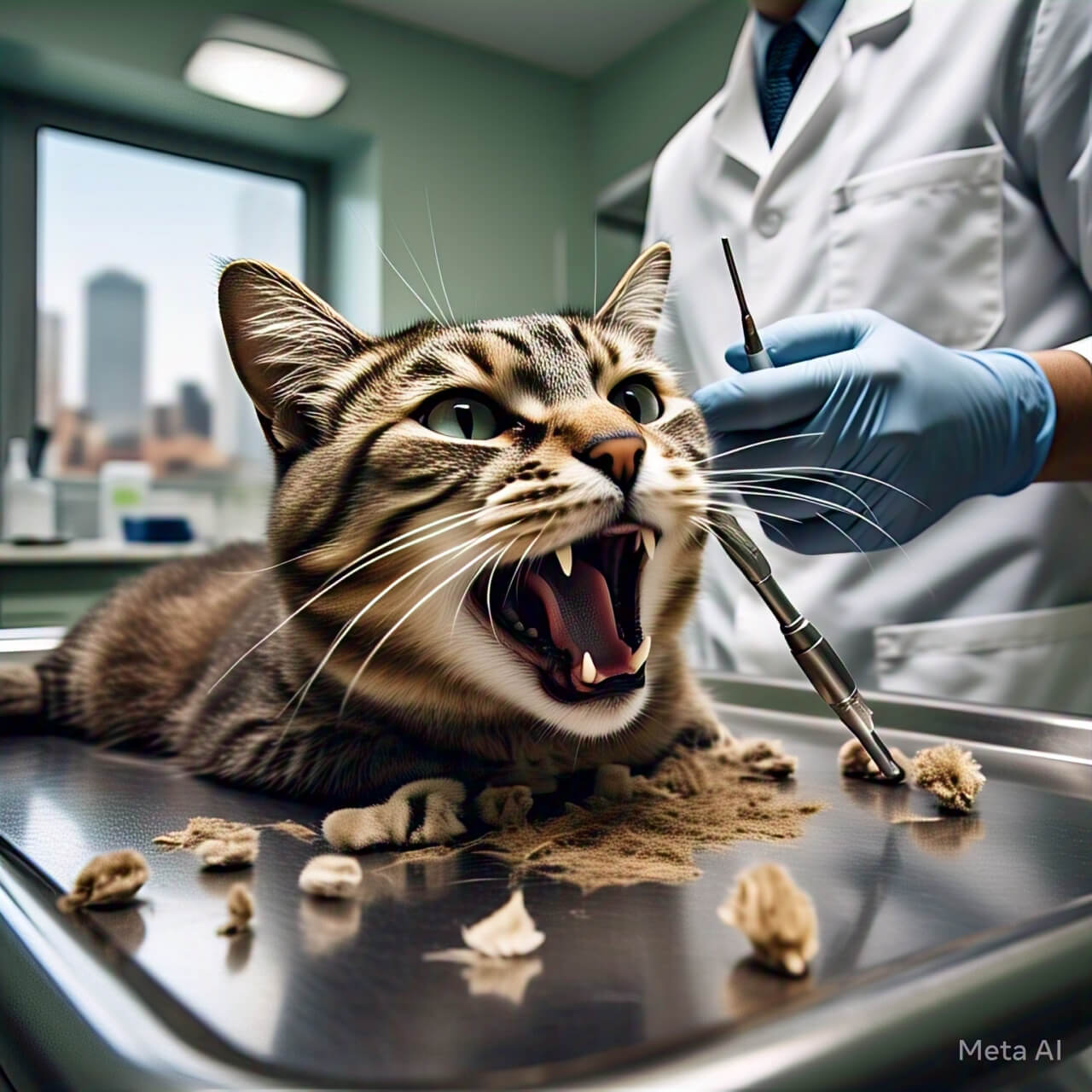If your cat is licking or biting itself too much, it might be overgrooming. Overgrooming happens when cats clean themselves so much that they lose fur or get sore skin. This can be caused by stress, allergies, pain, or boredom. To help your cat, you need to find the reason and take steps to stop it.
Check for fleas, skin problems, or injuries first. If your cat is healthy, stress or anxiety might be the cause. Giving your cat more playtime, a calm environment, and toys can help. If the problem continues, visit a vet for advice. With patience and care, you can help your cat stop overgrooming and stay happy.

10 Tips to Stop Cat Overgrooming
- Visit a vet for a checkup.
- Check for fleas or skin issues.
- Reduce stress in your home.
- Give your cat more playtime.
- Use calming sprays or diffusers.
- Keep a regular feeding schedule.
- Provide scratching posts and toys.
- Avoid sudden changes in routine.
- Try a special diet for allergies.
- Use an Elizabethan collar if needed.
1. What Is Overgrooming in Cats?
Overgrooming means a cat licks, bites, or scratches itself too much. This can lead to bald spots, redness, or even wounds. Cats usually groom to stay clean, but too much grooming is unhealthy. It can be caused by medical problems or stress. If your cat is overgrooming, watch for signs like missing fur or irritated skin. Early action can prevent worse problems.
2. Common Causes of Overgrooming
Cats overgroom for many reasons. Fleas, allergies, or skin infections are common causes. Pain from arthritis or wounds can also make cats lick one area too much. Stress from changes like moving or new pets can trigger overgrooming. Finding the cause helps in treating it. A vet can check for health issues, while you can reduce stress at home.
3. How to Check for Fleas and Skin Problems
Fleas and skin issues are big reasons for overgrooming. Check your cat’s fur for tiny black dots (flea dirt) or redness. Brush your cat often to see any problems. If you find fleas, use vet-approved flea treatments. For dry or irritated skin, try hypoallergenic shampoos. If the skin looks infected (swollen or smelly), see a vet right away.
4. Reducing Stress for Your Cat
Stress makes cats overgroom. Loud noises, new pets, or changes at home can stress them. Keep your cat’s routine the same every day. Give them hiding spots and high places to feel safe. Calming sprays with pheromones can help. Play with your cat daily to relax them. A happy cat grooms less.
5. The Role of Diet in Overgrooming
Food allergies can make cats itch and overgroom. If your cat has red skin or stomach issues, try a different food. Grain-free or hypoallergenic diets may help. Ask your vet before changing food. Always provide fresh water and avoid sudden diet changes. Good nutrition keeps skin healthy.
6. Using Toys and Play to Stop Overgrooming
Bored cats may overgroom. Keep your cat busy with toys like feather wands or puzzle feeders. Play for at least 15 minutes daily. Scratching posts and climbing trees also help. A tired cat grooms less and sleeps more. Rotate toys to keep them interesting.
7. When to Use an Elizabethan Collar
If your cat won’t stop licking a wound, an Elizabethan collar (cone) may be needed. It stops them from biting their skin. Use it only if necessary and for a short time. Make sure your cat can eat and drink with it on. Check for discomfort and remove it when healing is done.
8. Medical Treatments for Overgrooming
If home remedies don’t work, a vet may prescribe medicine. Anti-itch creams, allergy pills, or anxiety drugs can help. Never use human medicine on cats. Follow the vet’s instructions carefully. Regular check-ups ensure the treatment is working.
9. Natural Remedies for Overgrooming
Some natural options can help. Coconut oil soothes dry skin. Chamomile tea (cooled) can calm irritated skin. Omega-3 supplements improve coat health. Always ask your vet before trying natural remedies. Avoid essential oils, as many are toxic to cats.
10. When to See a Vet
If overgrooming continues after trying these tips, see a vet. Open wounds, infections, or extreme hair loss need quick care. The vet may run tests for allergies or illnesses. Early treatment prevents worse problems. Never ignore long-term overgrooming.
FAQs About Cat Overgrooming
| Question | Answer |
|---|---|
| Can stress cause overgrooming? | Yes, stress or anxiety can make cats lick too much. |
| How do I know if my cat has fleas? | Look for black flea dirt or excessive scratching. |
| Is overgrooming dangerous? | Yes, it can cause infections or bald spots. |
| Can diet changes help? | Yes, food allergies may cause overgrooming. |
| Should I stop my cat from grooming? | No, but reduce excessive licking with vet help. |
By following these steps, you can help your cat stop overgrooming and stay healthy. Always consult a vet if the problem doesn’t improve.










